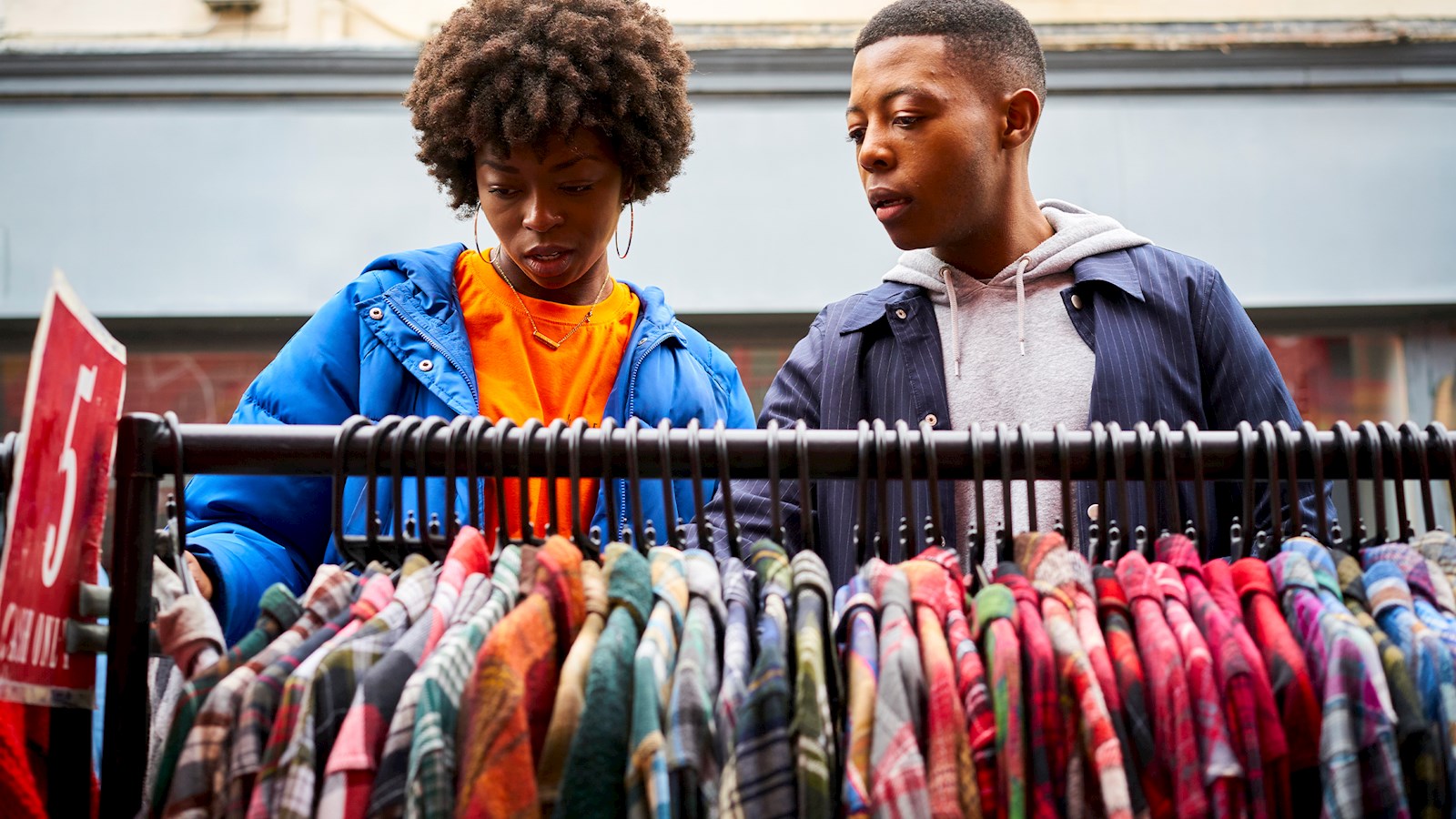
Recommerce – the future of retail?
Recommerce – the selling of previously owned items to others who then reuse, recycle, or resell them – is very much ‘en vogue’ right now, says Heather Bull of WPP’s Hill+Knowlton Strategies
In 2021, the recommerce market in the US alone was estimated at more than $160 billion,15% more than the year before. Plus, according to thredUp’s Resale Report 2022, the global second-hand apparel market is expected to grow 127% by 2026, three times as much than the clothing industry overall.
Of course, the concept of ‘one man’s rubbish is another man’s treasure’ is far from new. The term ‘rummage sale’ was reportedly used for the first time in the US as far back as 1858. And while the UK charity shop as we know it today is only 75 years old, The Salvation Army ran second-hand clothing stores for Britain’s urban poor in the 19th century.
Yet advances in technology have certainly made it easier for ordinary people to participate in recommerce – regardless of their physical location or the time they have available.
The result has been the creation of an entirely new ecosystem of businesses – including the likes of eBay, Vinted and REFLAUNT – whose revenue models have been built upon this burgeoning trend. The widening of the recommerce landscape, thanks to the introduction of further new, tailored marketplaces, has enticed even more people to join, buy and sell across these platforms.
But it is not just new businesses that are taking advantage of recommerce. Well established retailers, including Zara, John Lewis and IKEA, have all recently introduced specific circular initiatives. Even luxury brands like Selfridges and Stella McCartney have recommerce options. It’s therefore not surprising that nearly three-quarters of retail executives now say they have, or are open to, offering second-hand items to their customers, according to thredUp.
So, what can recommerce offer retailers interested in the space? Here are three overarching benefits.
A powerful tool to address waste
Oxfam highlights that, in the UK alone, around 300,000 tonnes of clothing end up in household bins every year, with around 20% going to landfill and 80% being incinerated. Yet, if we actively extended the life of our clothes by just nine months, around 20-30% of an item’s carbon, water and waste footprint could be reduced.
But it’s not just the fashion industry where recommerce can make a positive difference. Deloitte, for example, recently highlighted how initiatives including refurbished and second-hand phones could reduce the 146 million tons of CO2 the global smartphone industry is expected to emit this year.
Making recommerce a key part of a company’s business model is just one way we can reach our collective sustainability goals.
Entice, then retain, fans
In October 2022, a global study by consultancy firm Simon-Kucher found that of people rank sustainability as one of the top five drivers behind a purchase decision – up from half in 2021. And a brand’s commitment to social and environmental sustainability has long been heralded as a ‘strong influence’ for Gen Z shoppers (and likely why antiquing is once again gaining momentum).
But sustainability isn’t the only lever in driving people towards recommerce – price sensitivity is also key. As brands like Rent the Runway have demonstrated, the rental model allows companies to connect with shoppers who might not have purchased new items from them at full price there and then, but who may go on to be long-term, loyal fans. In fact, according to the report by thredUp, being able to try a new brand is the number one benefit of recommerce.
“Trade-in” – where people get something new at a reduced price by offering up an older item – has long been a retention strategy in the automotive and technology sectors. However, with the cost-of-living crisis and the expected winds of a recession already impacting purchasing decisions, we can expect to see more companies across different industries using such strategies.
Protect brand equity
One of the challenges with recommerce – particularly in the luxury sphere – is proving the authenticity of a product. This has only become more prevalent with the ease of digital peer-to-peer selling.
While companies such as Trove help authenticate items on behalf of brands, arguably no one knows a product better than the company that created it. By adding a recommerce strand to existing selling channels, companies can better reassure shoppers who want to enjoy a little bit of a luxury but at a reduced price.
Recommerce also allows brands to create more tailored experiences, as well as take advantage of important commerce strategies, such as access to first-party data.
Seizing the moment
Whether it’s because of sustainability, frugality or just simply a love of vintage, it’s clear that people from all walks of life are embracing recommerce.
For companies looking to reinvigorate their business models, the old habit of ‘make do and mend’ represents an exciting opportunity to increase brand loyalty, frequency, and revenue. Plus, as 90% of brands that have introduced circular models report they have seen positive business impact according to a recent report by Barclaycard, now is most certainly the time to seize the recommerce ‘moment’.
published on
14 December 2022
Category
More in Commerce

Media in India: the future is now
Brands pursuing the Indian market must focus on personalised experiences and data-driven strategies

Multinational companies must have an India strategy
The Indian market is hugely attractive to brands, but multinational companies must have a bespoke India strategy

Where there’s women’s health, there’s wealth
There’s huge economic advantage in closing the women’s health gap, and yet still this gap is still formidable

